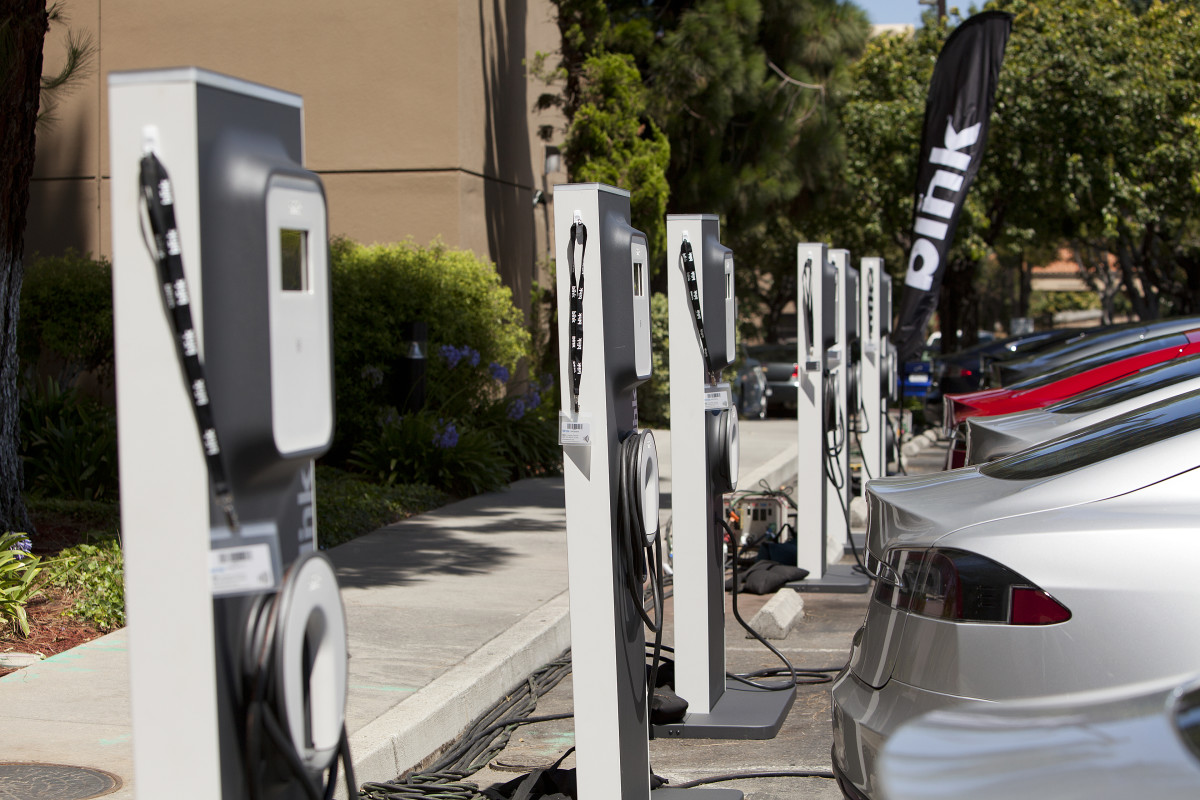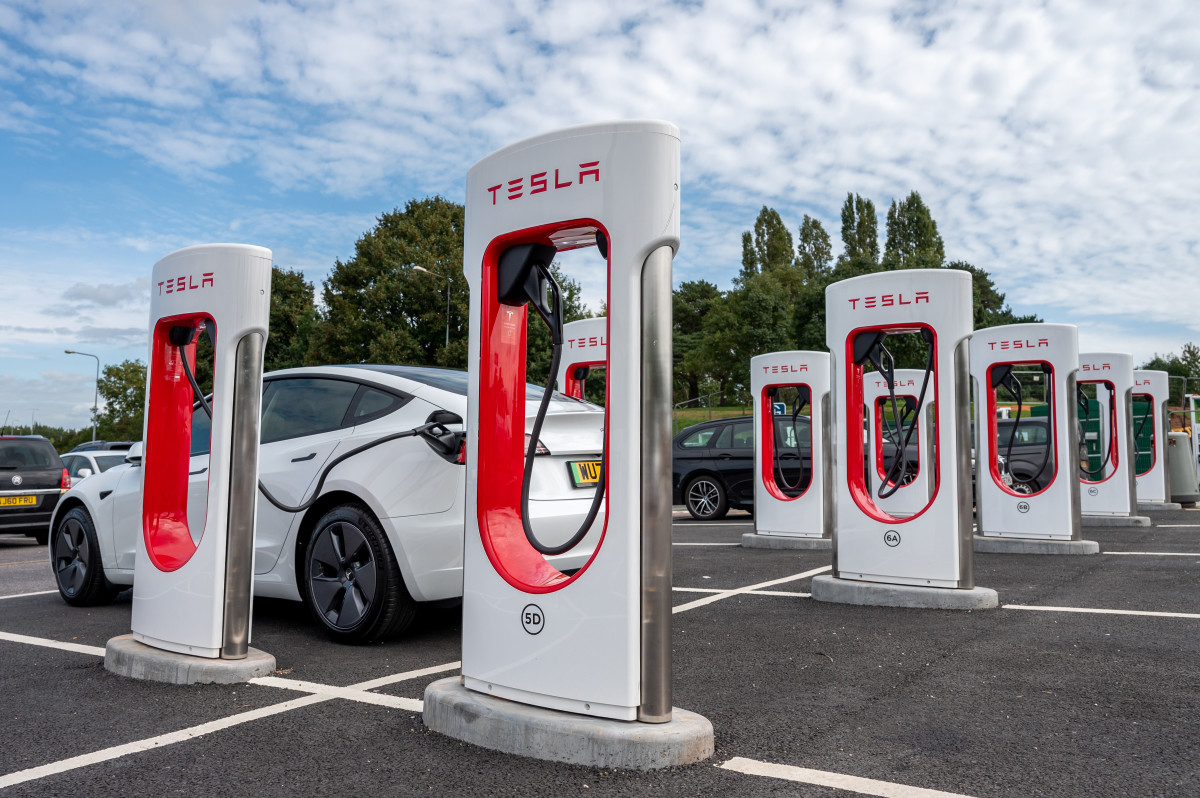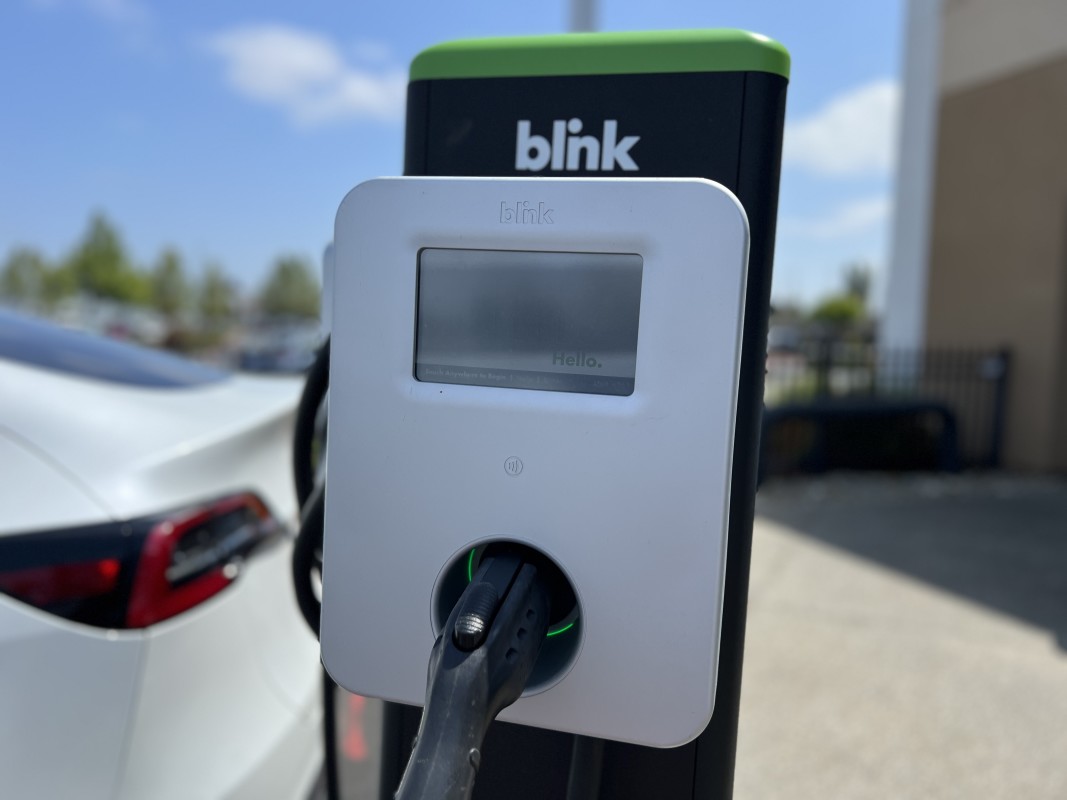
Ford (F) -), in a move that marks the latest in automaker reactions to softening electric vehicle demand, said Monday that it is cutting the production of its F-150 Lightning roughly by half for next year.
This came several weeks after Ford said it was postponing around $12 billion in EV investments.
General Motors (GM) -) has similarly pulled back some of its own EV investments, delaying lineups and scuppering earlier plans to produce a cheap EV model.
Though Tesla (TSLA) -) has no plans to cut production, the EV-maker has initiated price cuts throughout the year in an effort to keep up with those same market trends.
Related: Here's the full story behind electric vehicle adoption
The increased hesitancy in the EV market from automakers comes as global EV sales for the year are expected to exceed a record 14 million, with U.S. EV sales set to make up around 9% of total U.S. car purchases for the year.
Although EV adoption is growing steadily, notching new records each year, the growth of that adoption has still declined throughout 2023. Global passenger EV sales grew 60% between 2021 and 2022; if that 14 million mark is indeed met, global sales will grow roughly 34% between 2022 and 2023.
The biggest reason behind this softening demand, according to DeepWater's Gene Munster, has to do with high interest rates, which have pushed EV pricing up above comparable gas vehicles.
While cost is indeed one of the biggest consumer concerns, customers remain worried about range and a lack of charging infrastructure, according to a mass coalition of car dealers who have reported difficulties in moving EVs off their lots.
But infrastructure is steadily expanding, and the EV future, according to Blink Charging (BLNK) -) CEO Brendan Jones, is bright.
Related: Latest Tesla pricing change doesn't bode well for mass EV adoption
An electric future is coming: Blink Charging CEO
Right now, Jones told TheStreet, the EV sector is experiencing a bit of downward pressure which he said will ease over time.
Despite that pressure, Jones said, U.S. EV sales will take that roughly 9% market share figure for the year, with EV sales in California accounting for roughly 22% of all cars sold in the state through the first nine months of 2023.
California additionally, in accordance with its Advanced Clean Cars II rule, will require all new cars sold in the state to be electric by 2035. 17 other states have so far adopted all or part of the rule.
As that deadline approaches, and as more states follow California's lead, Jones said, automakers are going to have to continue increasing their EV production.
The result, he said, will be a hit to the production of gas-powered cars alongside a necessary increase in the rate of EV adoption.
"Is it as fast as we need it to be in the United States? No, it's not," Jones said. "But over time, we still feel bullish about the industry."
Regulation, according to Jones, will be a boon to demand. And that increase in EV demand and EV adoption will increase the country's energy independence, creating more high-tech jobs along the way.
"The reality is that the transition is going to come," Jones said. "So when you start to add it up, that's a very bright future for this country."
Related: New report highlights a major speedbump to mass electric vehicle adoption
Charging Infrastructure
As Blink works to increase the amount of charging infrastructure across the country, Jones said that the key right now is to make public infrastructure visible to assuage concerns. But he maintained that the most important thing is an increase in Level Two chargers — rather than DC Fast chargers — so that EVs can charge where they sit.
It takes Level Two chargers between four and eight hours to provide about 150 miles of range, a boost that fast chargers can accomplish in about a half hour or less. But Level Two chargers, Jones said, are significantly cheaper with fewer quality issues and less maintenance.
The ideal situation is that EV owners, whether they live in houses or apartment buildings, can start every day on a full charge.
Fast charging, he said, only makes up about 10% of the charging equation.
"You still need a lot of public infrastructure and you need it to be visible," Jones said. "They may never use that charger, because they're gonna go home to their garage and charge, but they know it's there."

Over the past 18 months, Jones said that Blink has been working to help boost the charging infrastructure at college campuses, parking garages, condo associations and multifamily dwellings.
To Jones, the charging equation is a three-legged stool comprised of home chargers, fast chargers and Level Two chargers at workplaces. EV owners should ideally have access to two of those three legs.
People in the U.S. on average drive about 37 miles a day, according to Kelly Blue Book. The average EV sold in the U.S. is approaching a range of 300 miles on a full charge, according to a March Bloomberg analysis.
With this in mind, Jones said that fast charging infrastructure — while important — is not a vital piece of charging infrastructure. The slower, more reliable Level Two chargers, he said, represent instead the backbone of the charging equation.
Related: Top Tesla bull says it's too early to include robotaxis in its valuation
Blink Charging
Blink reported a 152% increase in revenue to $43.4 million in its third-quarter results, noting that the company contracted, sold or deployed a total of 5,956 charging stations during the quarter. Service revenue, likewise, was up 119%, to $6.7 million, for the quarter.
The company issued guidance that it will be EBITDA positive by the end of December 2024.
Still, shares of Blink are down about 75% for the year.
Jones said he expects the environment, in terms of the stock price, to be tough for "a little while," noting that Blink's goal now is to achieve profitability.
The company, he said, has to "build confidence back in that these are sustainable businesses that will be around for a long time."

"Everything is very achievable. We're getting scale and we're getting to the point with vertical integration, we can bring our products to market cheaper and more efficiently than other companies can," Jones said. "We're not middlemen. And that starts to feed off itself."
The stock rose around 3% at last check Wednesday.
Contact Ian with tips via email, ian.krietzberg@thearenagroup.net, or Signal 732-804-1223.
Related: Why Mazda is going slow into electric vehicles
Get exclusive access to portfolio managers’ stock picks and proven investing strategies with Real Money Pro. Get started now.







